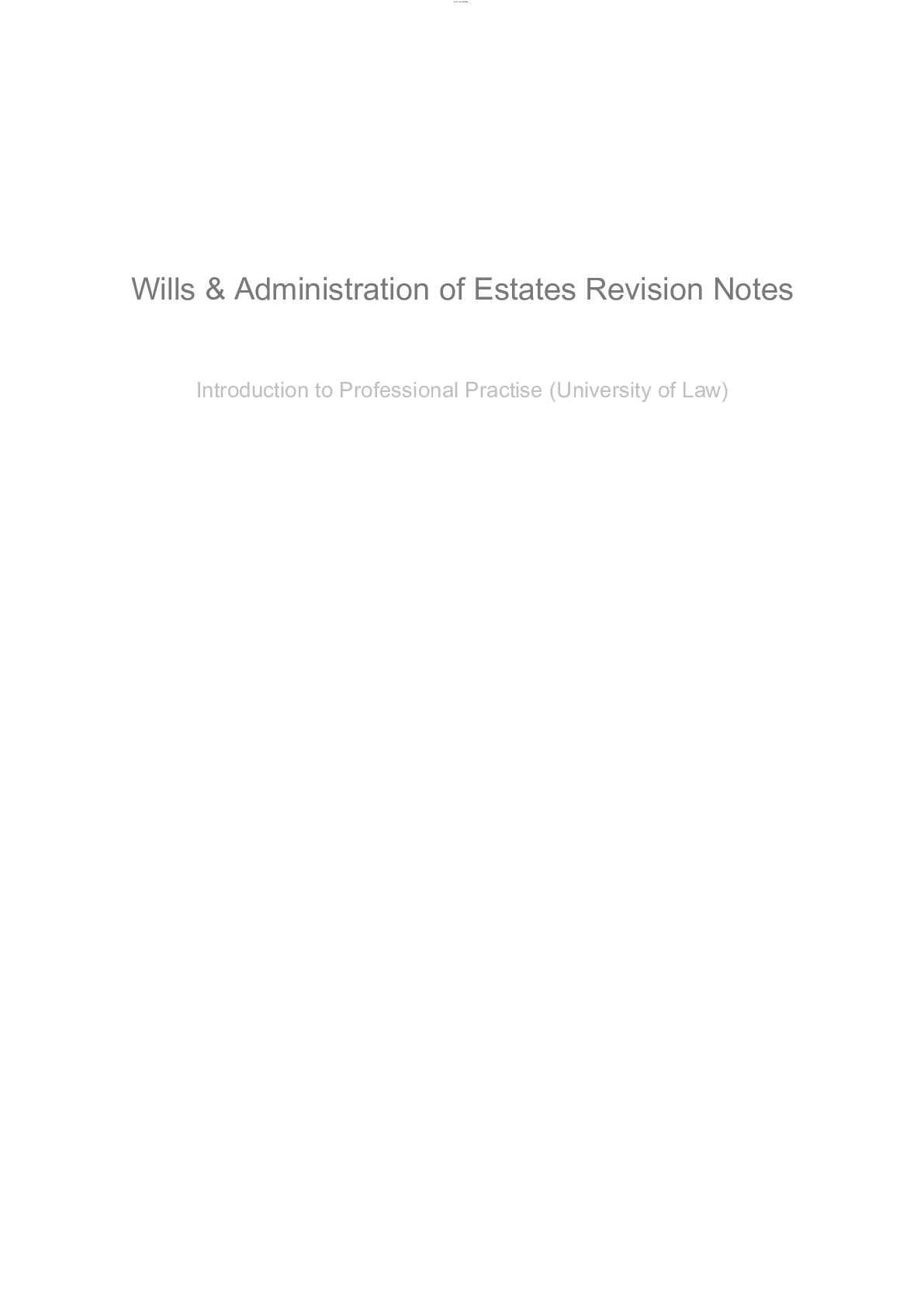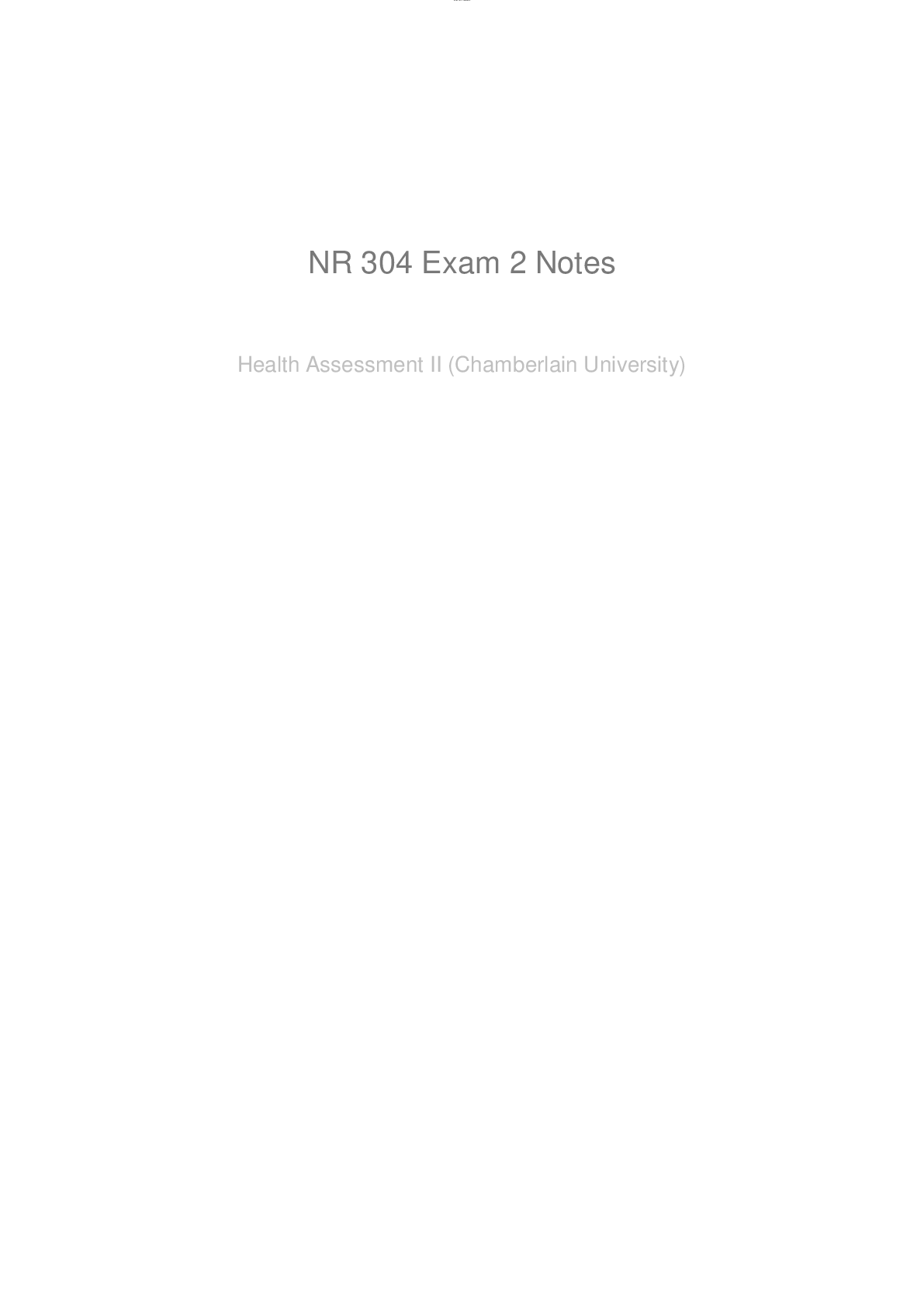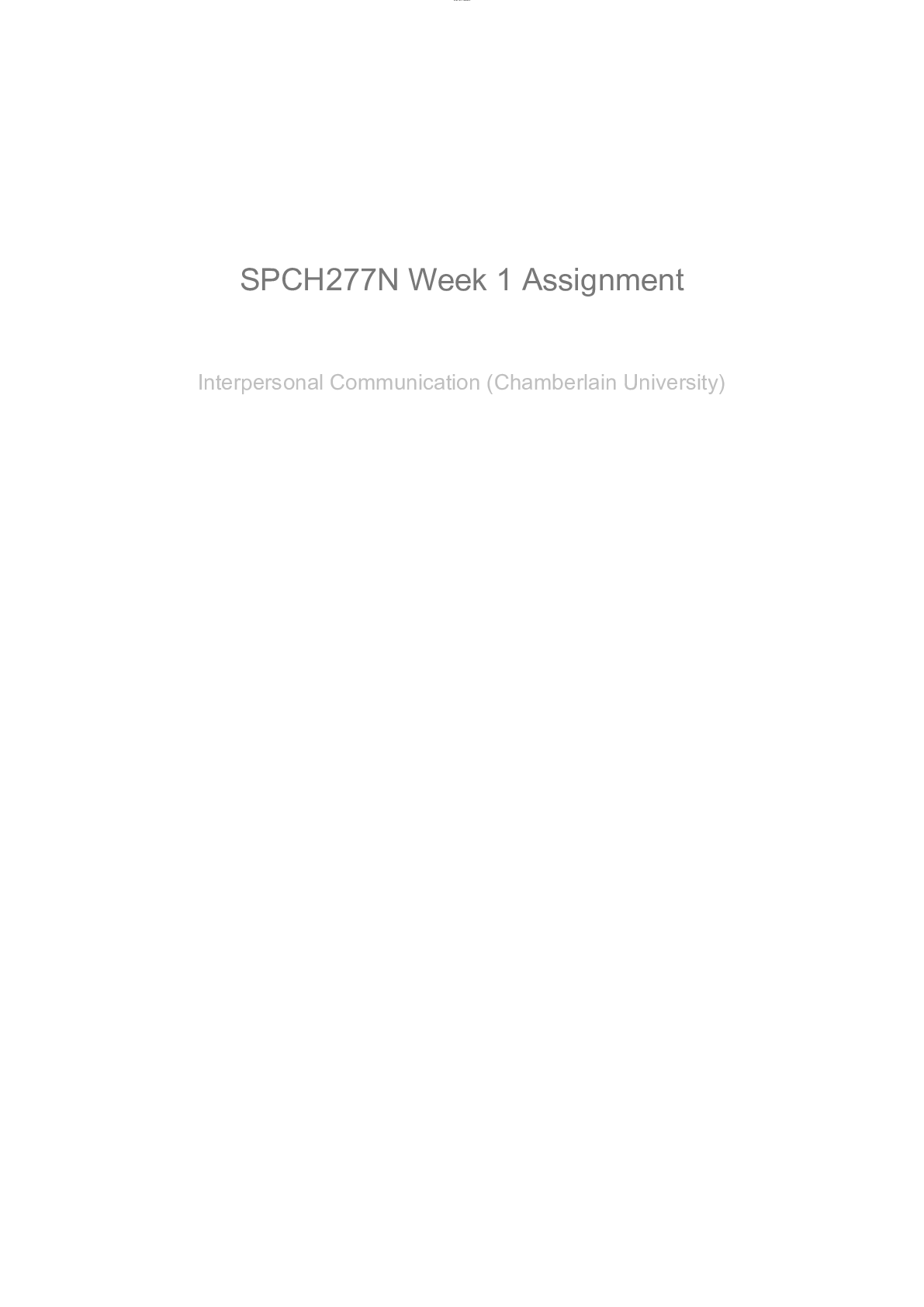*NURSING > Study Notes > 611-Exam 2 review notes Summer Wunderlich (All)
611-Exam 2 review notes Summer Wunderlich
Document Content and Description Below
Nervous System 1. Differentiate parasympathetic, and sympathetic nervous system. o Page 470 Autonomic Nervous System: Made up of the sympathetic and parasympathetic nervous systems. o Parasympath... etic Nervous System: conserves energy and the body’s resources. o Sympathetic Nervous System: responds to stress by preparing the body to defend itself ▪ Catecholamines released - epinephrine ▪ mobilizing energy stores, and decreases the release of insulin; ▪ redistributes blood flow – increases to muscles (flight) and lungs, decreases to GI and integumentary 2. Primary Brain Injury: can be classified as focal or diffuse. Focal: are specific, grossly observable brain lesions that occur in a precise location (Epidural hemorrhage; subdural hemorrhage. Diffuse injuries, also called multifocal injuries, include brain injury due to hypoxia, meningitis, encephalitis, and damage to blood vessels. Swelling, commonly seen after Traumatic Brain Injury (TBI), can lead to dangerous increases in intracranial pressure. – Remember the brain is within a limited space, thus increased pressure can cause collateral dysfunction: Diabetes Insipidus (ADH not secreted thus polyuria) 3. Define autonomic hyperreflexia. Page 593 Individuals most likely to be affected have lesions at the T5- T6 level or above. Autonomic hyperreflexia is characterized by paroxysmal hypertension (up to 300 mm Hg systolic), a pounding headache, blurred vision, sweating above the level of the lesion with flushing of the skin, nasal congestion, nausea, piloerection caused by pilomotor spasm, and bradycardia (30 to 40 beats/minute). 4. List the sequence of events that lead to hyperreflexia induced bradycardia. Page 593 Stimulation of the carotid sinus to the vagus nerve to the sinoatrial node. The intact autonomic nervous system reflexively responds with an arteriolar spasm that increases blood pressure. Baroreceptors in the cerebral vessels, the carotid sinus, and the aorta sense the hypertension and stimulate the parasympathetic system. The heart rate decreases, but the visceral and peripheral vessels do not dilate because efferent impulses cannot pass through the cord. ....................................................................continued........................................................................................ [Show More]
Last updated: 1 year ago
Preview 1 out of 22 pages
.png)
Reviews( 0 )
Document information
Connected school, study & course
About the document
Uploaded On
Jul 06, 2021
Number of pages
22
Written in
Additional information
This document has been written for:
Uploaded
Jul 06, 2021
Downloads
0
Views
54

.png)
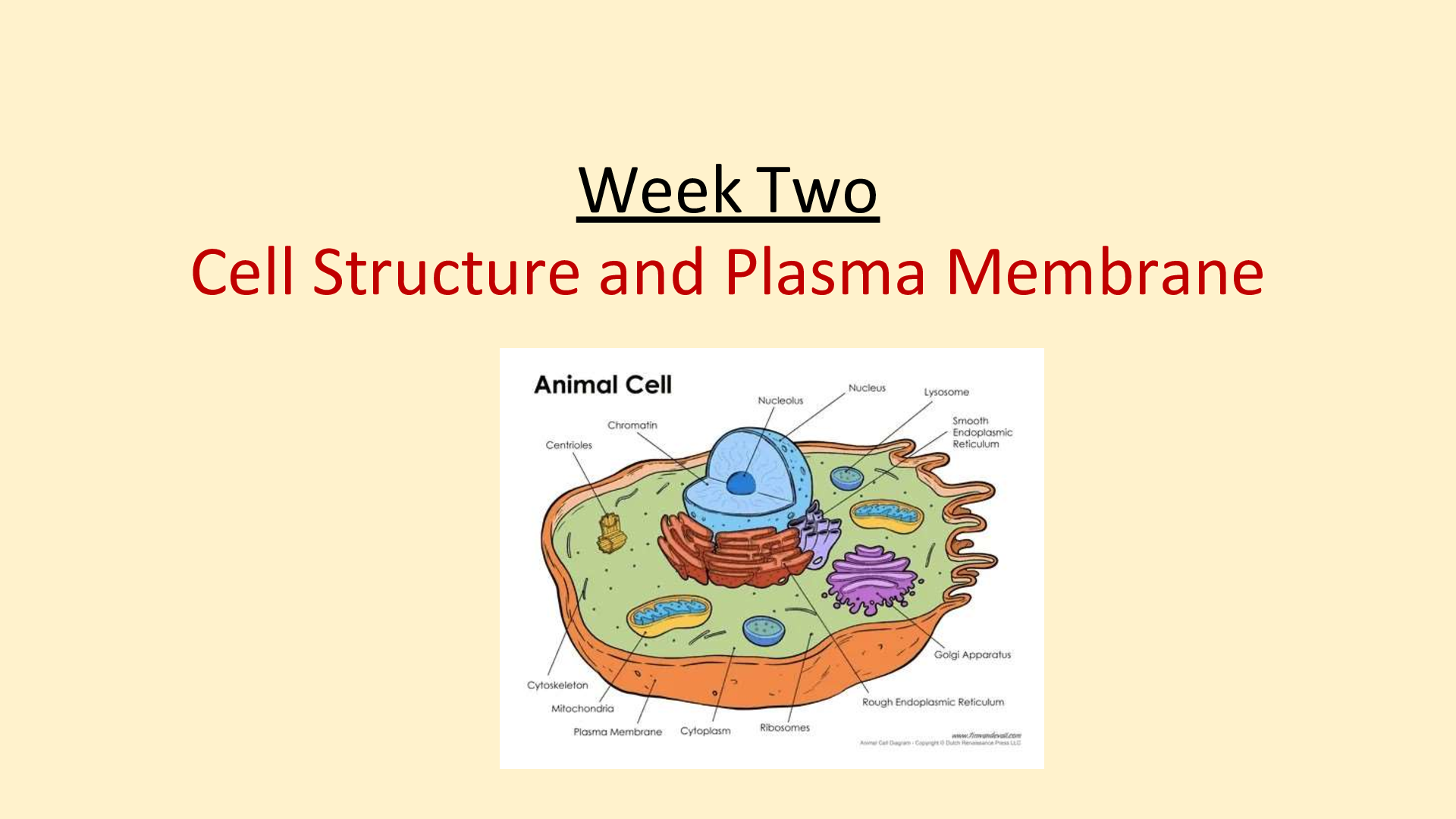
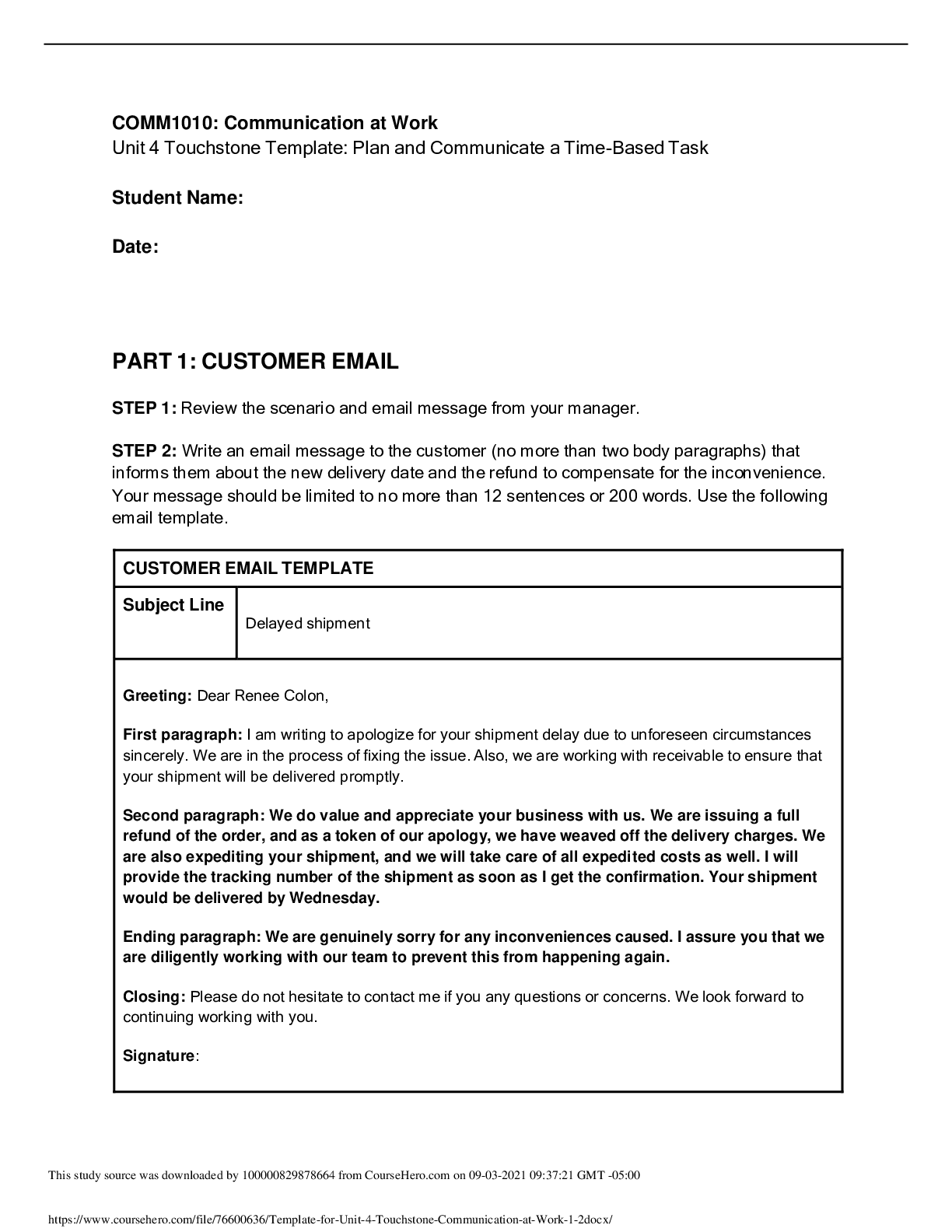

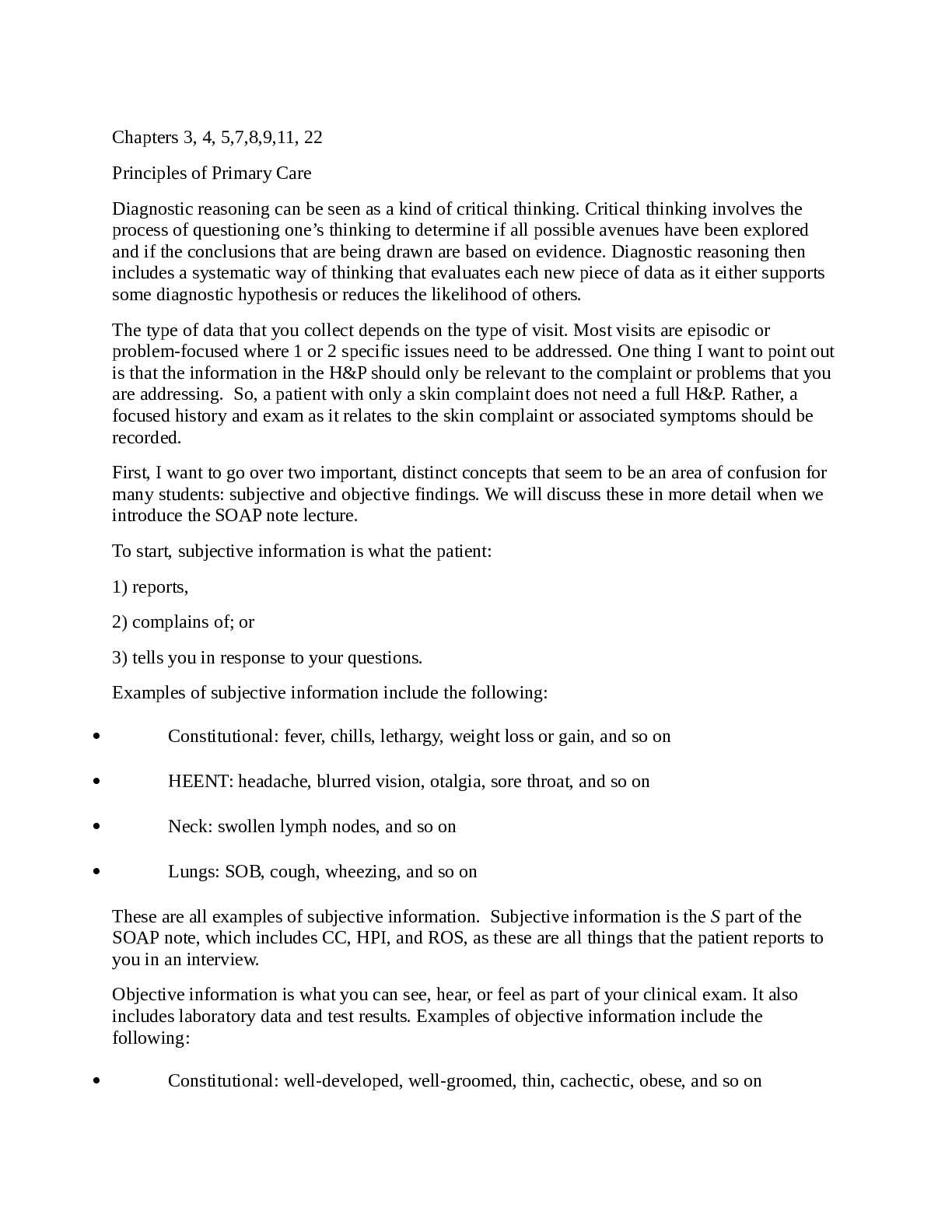
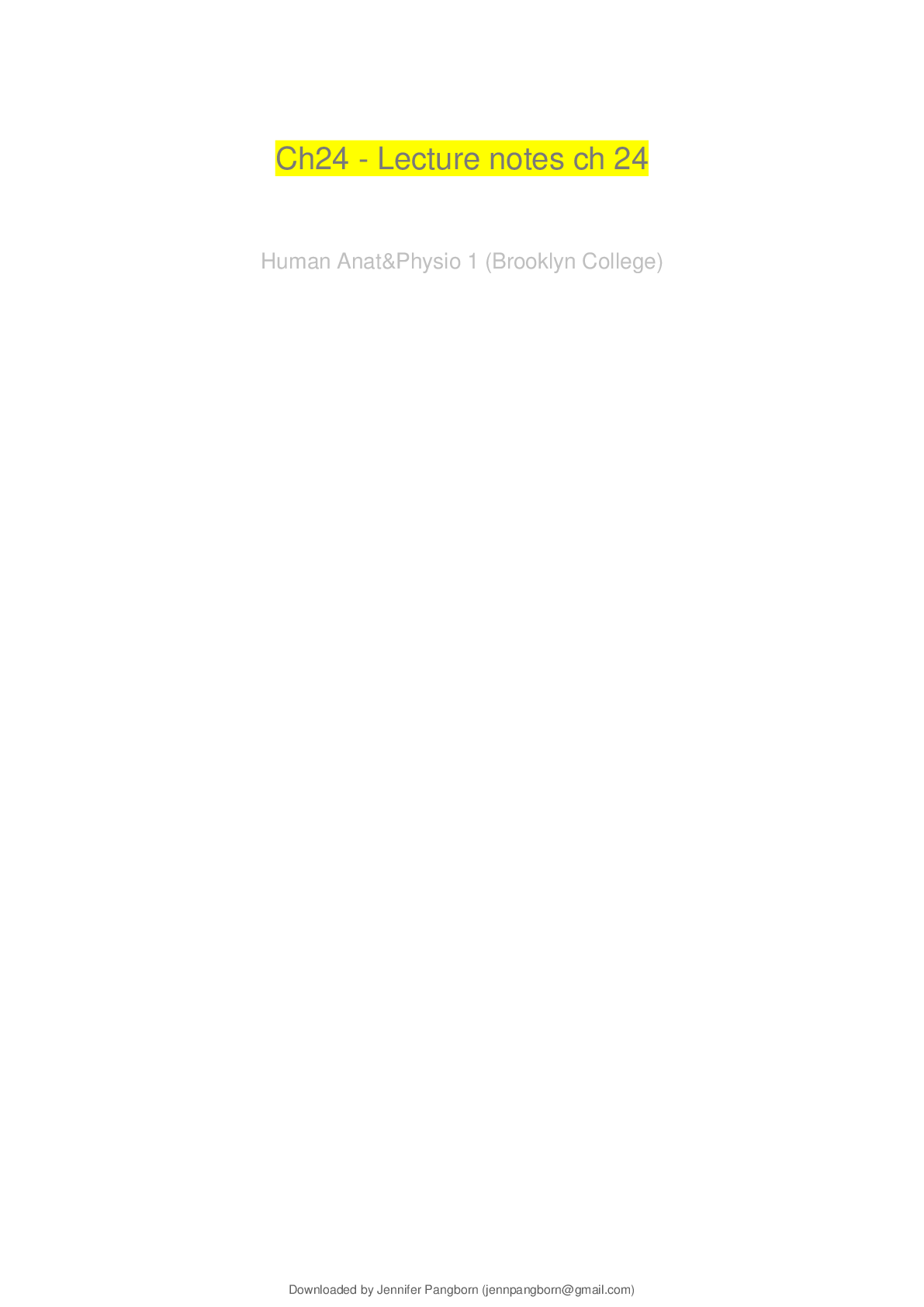
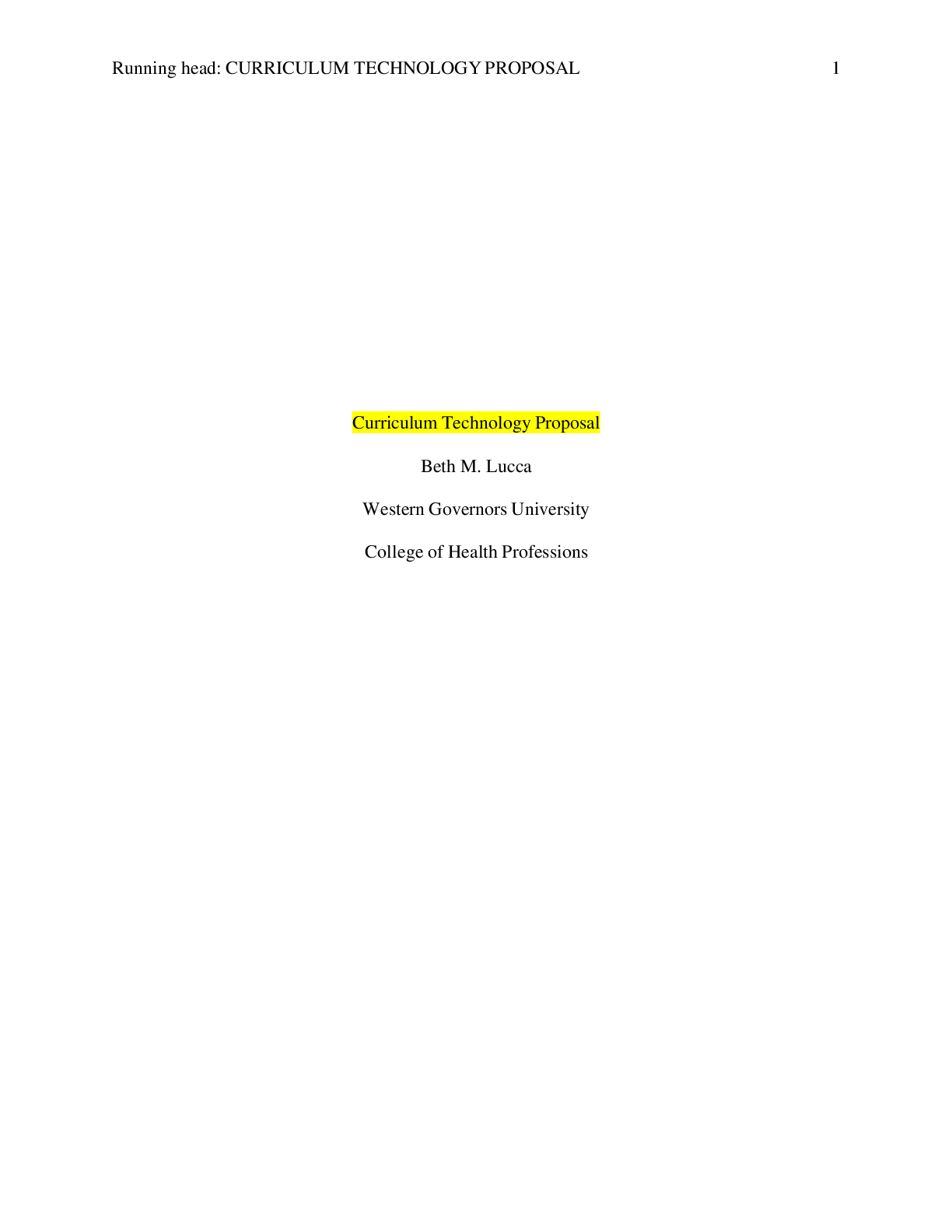
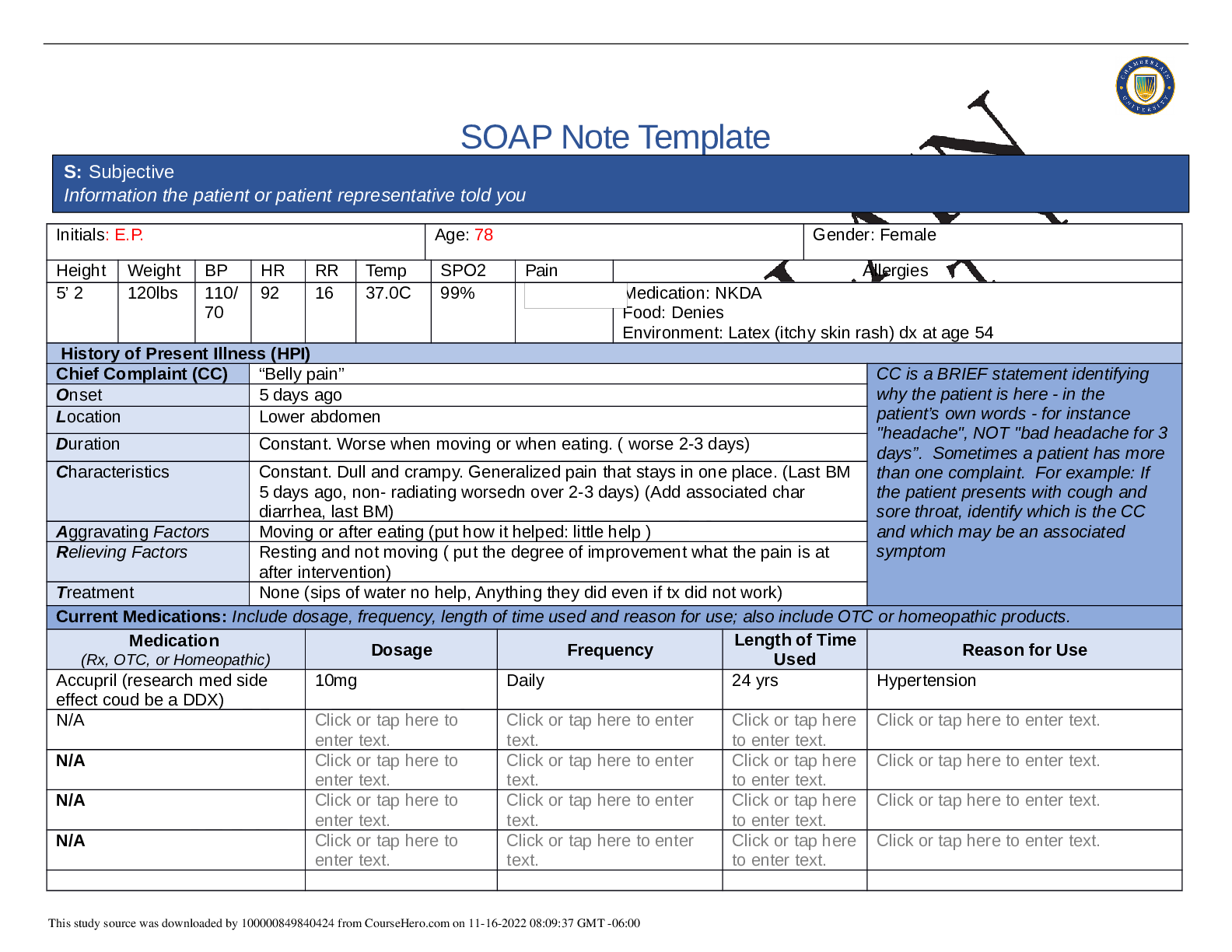

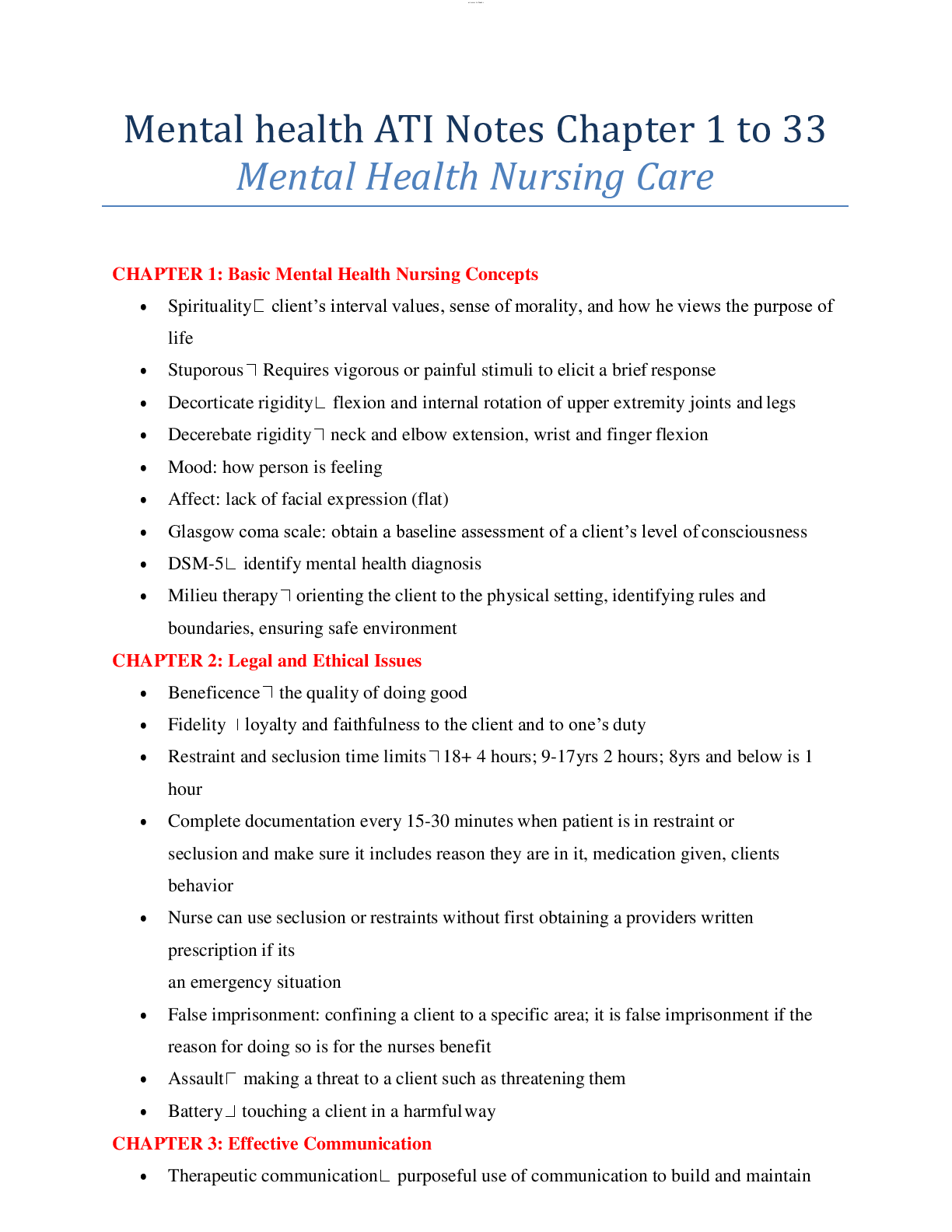
.png)


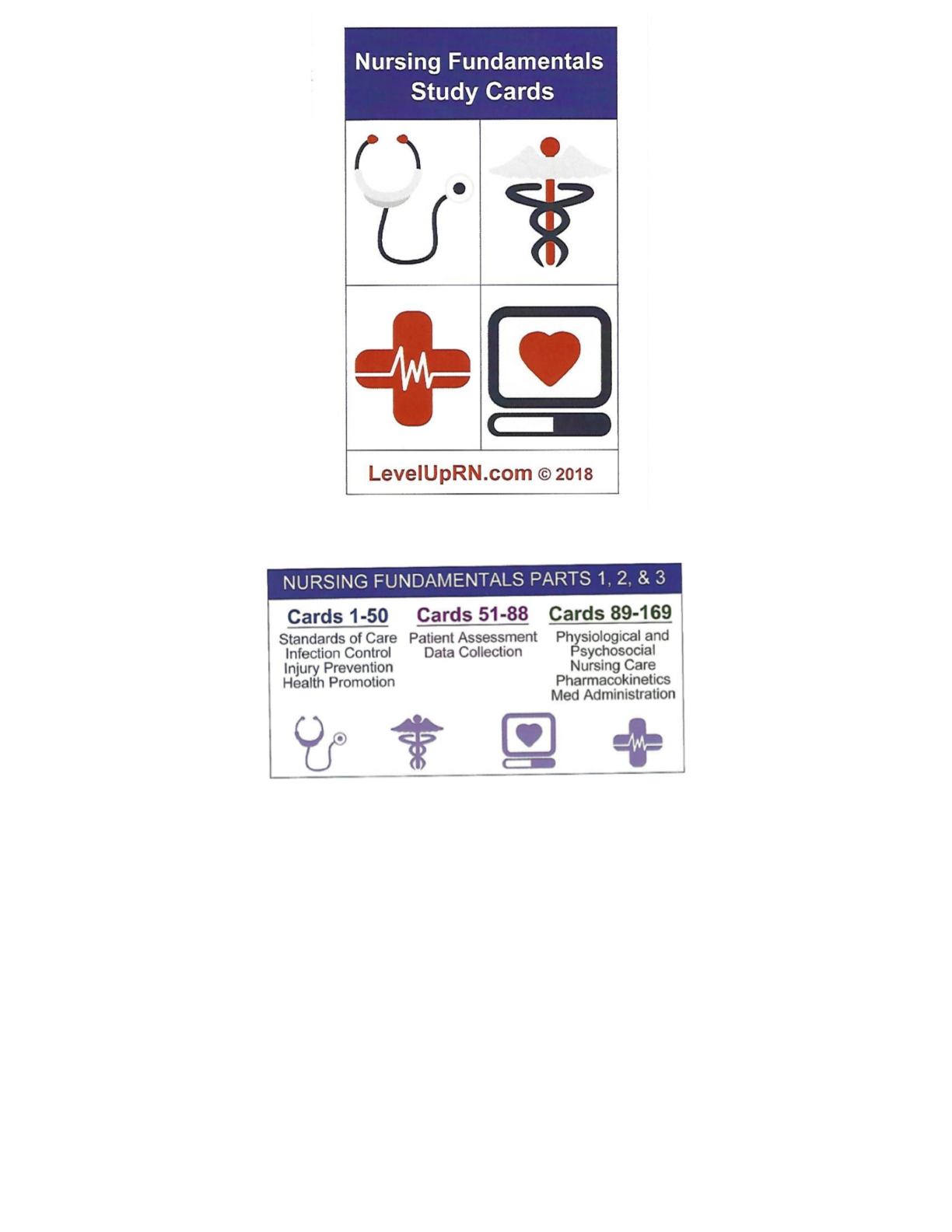

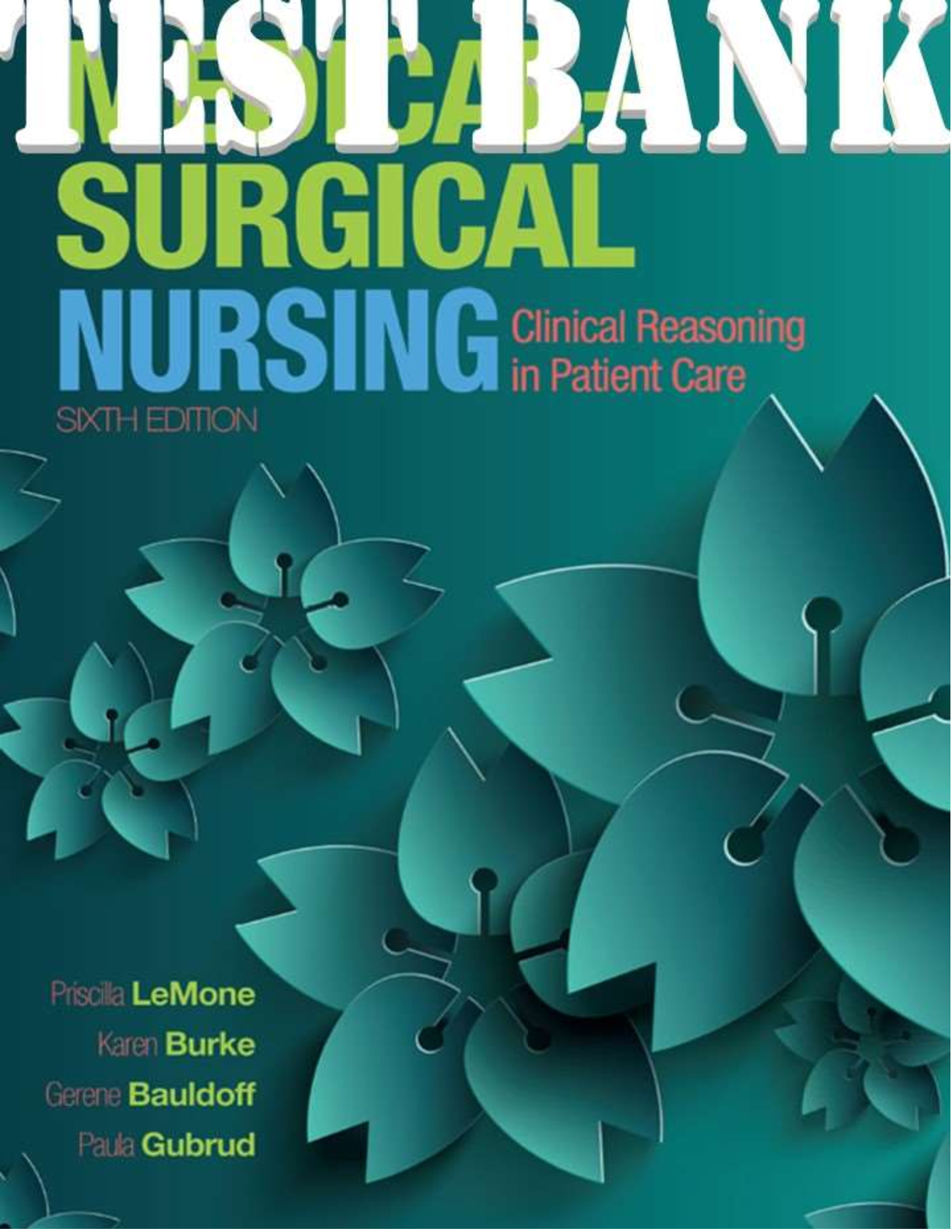
.png)

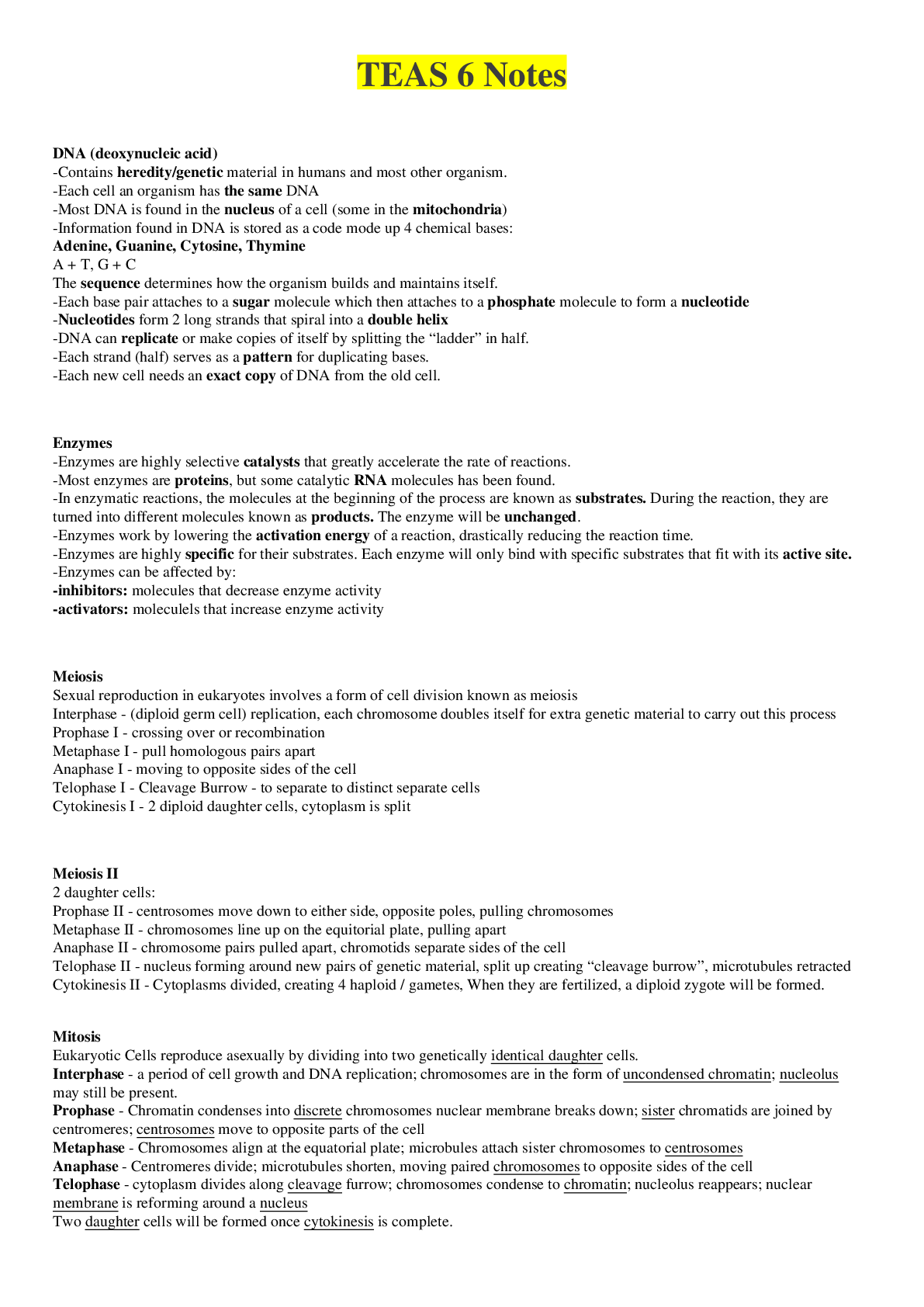

How Do Geographically Dispersed Teams Collaborate Effectively Paper.png)

